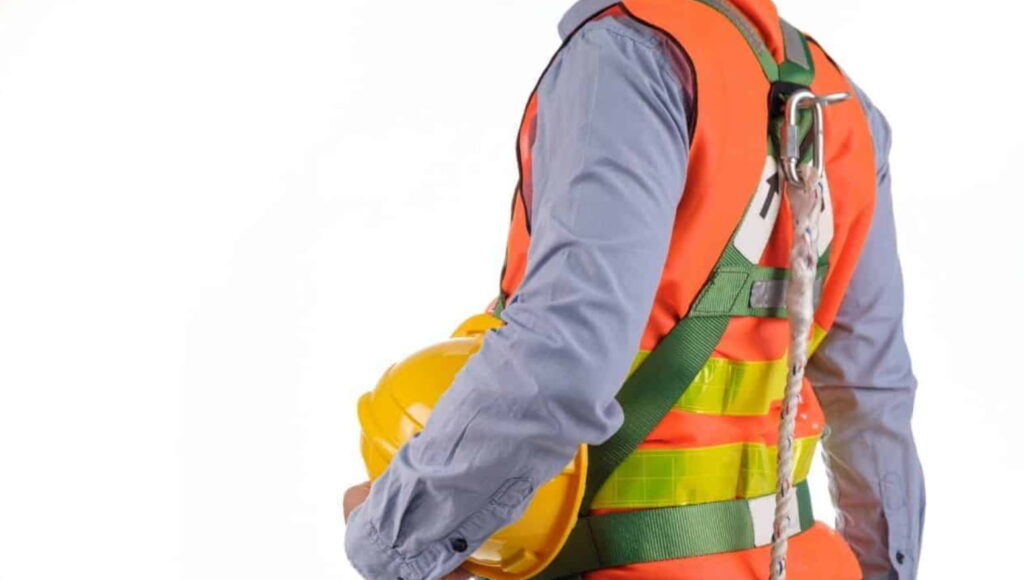Safety is paramount in any environment where there’s a risk of falling from heights. This includes construction sites, warehouses, and other similar workplaces. In such scenarios, one of the most vital safety tools available is fall arrest equipment. These are devices designed to stop a fall in progress and prevent severe injury or even death. However, the effectiveness of this equipment largely depends on its correct usage.
Understanding Fall Arrest Equipment
It is a type of personal protective equipment (PPE) that halts a worker’s descent if they happen to fall while working at height. The gear typically includes a full-body harness, a lanyard or lifeline, and an anchorage point. The harness distributes the force of the fall across the wearer’s body, reducing the risk of injury, while the lanyard or lifeline connects the harness to the anchorage point.
Key Steps to Using Fall Protection Gear Properly
Selecting the Right Equipment
The first step towards proper usage is selecting suitable equipment. The type of fall protection gear needed will depend on the nature of the work, the work environment, and the potential fall distance. Always choose equipment that meets industry standards for safety and quality.
Regular Inspection
Regular inspection of your gear is critical to ensuring its effectiveness. Before each use, check for any signs of wear and tear such as frayed straps, damaged buckles, or rusted metal parts. Any equipment showing signs of damage should be taken out of service immediately.
Correct Fitting
A poorly fitted harness can be just as dangerous as no harness at all. Ensure that the harness is snug but comfortable, with all straps adjusted correctly. The back D-ring should sit between the shoulder blades, and there should be no slack in the straps.
Proper Anchorage
Anchorage points should be sturdy and capable of supporting at least 5,000 pounds per worker attached. The fall anchor point should also be located above the worker to minimize fall distance.
Training
All workers using fall protection gear should receive thorough training. This should cover the correct usage of the equipment, how to inspect it, and what to do in the event of a fall.
Conclusion
By selecting the right fall arrest equipment, inspecting it regularly, ensuring a proper fit, using appropriate anchorage, and providing thorough training, the risk of serious injury or death from falls can be significantly reduced. Always remember, that safety should never be compromised. Stay safe and keep your team safe by using fall arrest systems correctly.

